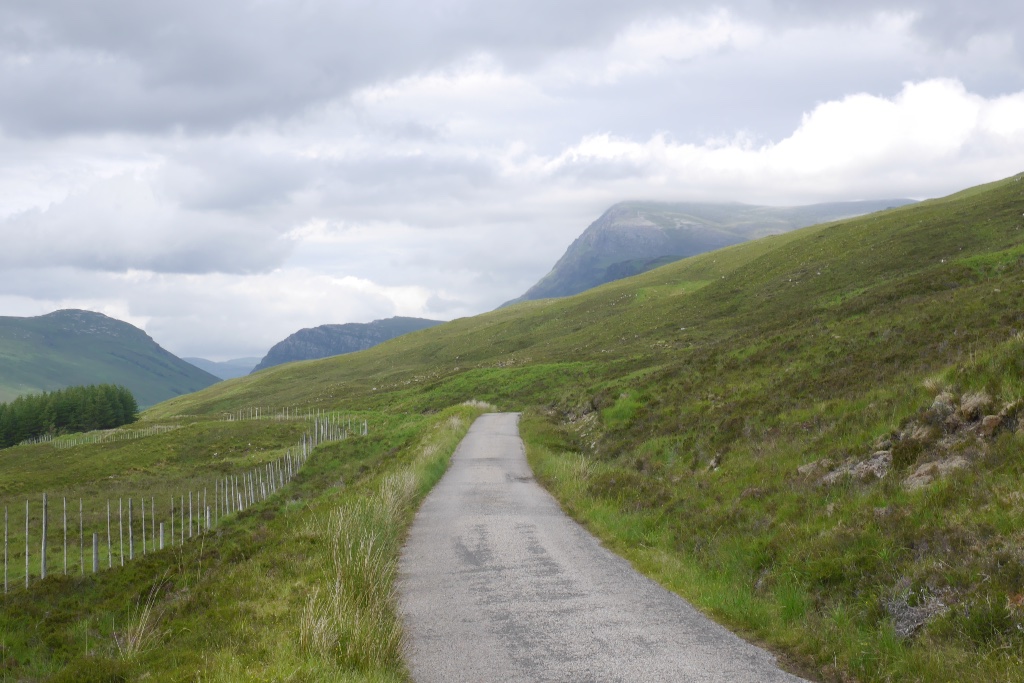Returning to this book was like meeting an old friend. I discovered Robert Macfarlane’s books early in 2019 and read four of them in quick succession, including Underland, which came out in May of that year. Each one is a fascinating non-linear journey through landscapes and ideas, and The Wild Places is one of the best.
Macfarlane set out in the mid-2000s, with the help of friends and “bought and borrowed specialist maps – geological, meteorological, natural-historical”, to travel to the remote and unspoiled corners of the UK and Ireland. He sought to escape the frenzy of urban life and discover what wilderness was still left in one of the most cultivated and densely populated countries on Earth. The result is a book that reads a bit like a modern Odyssey.
At the beginning, Macfarlane looks out over the East Anglian countryside from the top of a beech-tree in a windstorm. The sights and sounds and specificity of the places Macfarlane describes envelop the reader from page one. He writes:
“I could hear the noise of the wood in the wind; a soft marine roar. It was the immense compound noise of friction – of leaf fretting on leaf, and branch rubbing on branch. I entered the wood by its southern corner. Debris was beginning to drop from the moving canopy: twigs and beech nuts, pattering down on to the coppery layer of leaves.”
Macfarlane’s writing is sharp and scientific – incisive, technical, and metallic – and its capacity to convey the deeper qualities of the natural phenomena it deals with is all the greater for it. This technical sensibility is countered by the lush abundance of literary allusion which Macfarlane uses not only to color his prose, but to guide his journeys. He goes walking in the Lake District in the snow and darkness one March, in the hopes of finding a renewed wildness in a tame landscape. As he does so he recounts the experiences of Samuel Taylor Coleridge – a mirror of his own:
“In the first years of the nineteenth century, Samuel Taylor Coleridge fell into a depression deeper than any he would experience in his long and depressive life. Sick in body and in love with a woman who was not his wife, he was brushed by what he called ‘the dusky Wing’ of melancholy. He was at that time living is Keswick in the Lake District, and it was to the wild land surrounding his home that he turned for solace. He began to walk: alone, for increasingly long distances, regardless of the weather, and sometimes at night.”
Macfarlane embeds stories like these at regular intervals, and never presupposes the reader’s familiarity with them. His books act as welcoming gateways not only to the landscapes they describe, but to the literary worlds of those who have written about those landscapes in the past.
In The Wild Places, Macfarlane makes fifteen separate journeys searching for wildness. He climbs mountains and descends valleys. He crosses the sea and sleeps under the open sky. In the end he returns to the familiar beechwood near his Cambridge home and concludes that “wildness was here too, a short mile south of the town in which I lived.”
The Wild Places
Robert Macfarlane
Granta Books, 2007

